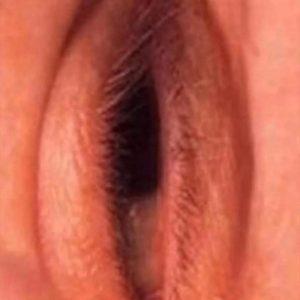While many serious diseases are diagnosed through traditional medical methods such as blood tests, imaging studies, and biopsies, there are some conditions where changes in the skin can provide valuable diagnostic clues. Dermatologists and other healthcare professionals may examine the skin for signs that could suggest an underlying health issue. Here are a few examples:
- Skin Cancer: Changes in the size, shape, color, or texture of moles or the appearance of new skin lesions can be indicative of skin cancer, such as melanoma, basal cell carcinoma, or squamous cell carcinoma.
- Diabetes: Diabetes can affect the skin, leading to conditions such as acanthosis nigricans (dark, velvety patches of skin), diabetic dermopathy (brown, scaly patches), and skin infections.
- Liver Disease: Liver diseases like cirrhosis can cause changes in the skin, including jaundice (yellowing), spider angiomas (spider-like blood vessels), and palmar erythema (redness of the palms).
- Kidney Disease: Kidney failure can manifest as itching or a yellowish tint to the skin (uremic frost), which occurs when urea and other waste products build up in the blood.
- Thyroid Disorders: Conditions such as hypothyroidism or hyperthyroidism can affect the skin, leading to dryness, hair loss, or changes in the nails.
- Connective Tissue Diseases: Diseases like lupus or scleroderma can cause skin rashes, sensitivity to sunlight, and changes in skin texture.
- Inflammatory Bowel Disease (IBD): Conditions like Crohn’s disease or ulcerative colitis can be associated with skin manifestations, including erythema nodosum (red, painful nodules) or pyoderma gangrenosum (painful ulcers).
- Lung Conditions: Some lung diseases, like sarcoidosis, can present with skin lesions or rashes.
It’s important to note that while skin changes can provide important diagnostic information, they are usually just one piece of the puzzle. A thorough medical evaluation, including a detailed history, physical examination, and often additional diagnostic tests, is necessary for accurate diagnosis and appropriate management of these conditions. If you notice any changes in your skin that are concerning, it’s essential to consult with a healthcare professional for a proper evaluation.

